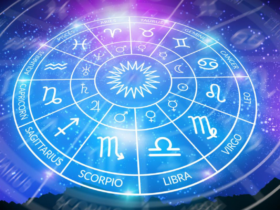Attachment theory offers a powerful lens for understanding why people react so differently to love, loss, and reconnection. Developed by psychologist John Bowlby, it explains how our early bonds with caregivers shape our patterns of closeness, trust, and emotional safety in adult relationships. These attachment styles – secure, anxious, avoidant, and disorganized – can strongly influence how we handle both breakups and the possibility of reconciliation.
During a breakup, people with an anxious attachment often feel intense fear of abandonment. They may replay conversations, seek constant reassurance, or struggle to let go because their sense of security feels shattered. On the other hand, those with an avoidant attachment might appear calm or detached, preferring emotional distance to vulnerability. Yet beneath the surface, they may experience grief they don’t easily express.

Securely attached individuals, while still hurt, tend to process emotions more openly. They can acknowledge pain, learn from the experience, and move forward without losing faith in love. Meanwhile, those with a disorganized attachment – a mix of fear and longing – often oscillate between wanting closeness and pushing it away, making both the breakup and reconciliation particularly turbulent.
When reconciliation is on the table, these patterns resurface. Anxious types may rush back into the relationship out of fear of being alone. Avoidant partners might resist reconnection, fearing the loss of independence. True healing often begins when both people become aware of their attachment dynamics and communicate from a place of understanding rather than reactivity.
Recognizing your attachment style doesn’t guarantee a perfect relationship, but it provides a roadmap. It teaches you how to meet your emotional needs with compassion and to approach love – and even loss – as opportunities for growth and deeper connection.
Related: Tapping into Venus Energy to Deepen Emotional Bonds





















